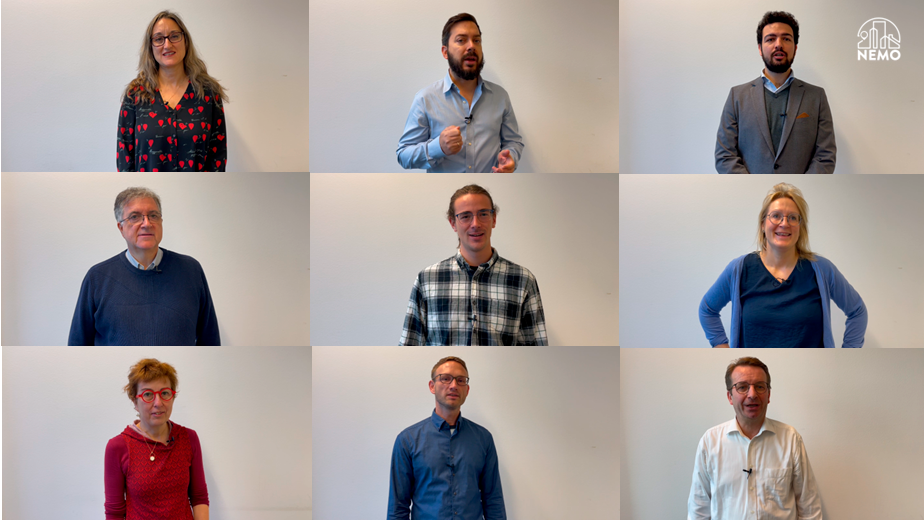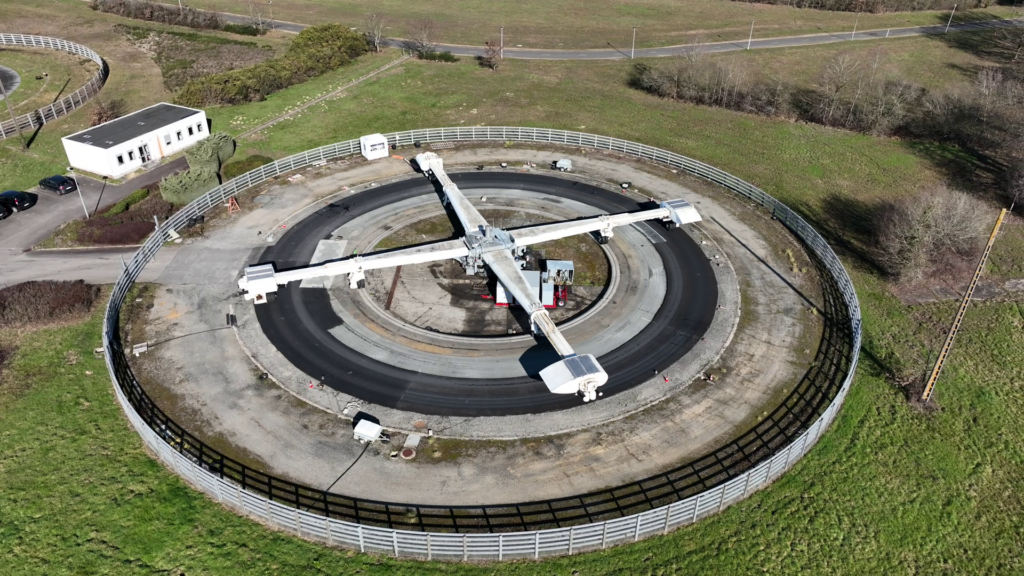A groundbreaking European technology that accurately identifies high-emitting vehicles in traffic is now market-ready, signalling a potential game-changer in urban environmental management. But is Europe ready for a solution that allows cities to enforce low-emission zones highly effectively by detecting and targeting individual vehicles?

The advanced remote sensing technology is capable of detecting vehicular emissions and noise levels in real-time. This leap in environmental monitoring offers cities a powerful tool to combat air and noise pollution, directly addressing public health concerns. The consortium, consisting of industry experts and scientific researchers, has fine-tuned these solutions to meet the stringent demands of real-world applications.
NEMO’s new technology has been three years in the making and is now ready to be deployed in European cities. The solution, tested and validated by the JRC, enables cities to enforce low-emission zones and greener policies more effectively and accurately. When the EU harmonises the regulations across Europe, it will lead to healthier cities by improving air quality and reducing noise impact,” says Dolores Hidalgo, Director of the Circular Economy Area, Fundación CARTIF.
Despite the readiness of the technology, its widespread adoption across Europe is contingent upon regulatory evolution. Current policies do not fully support the use of such technologies for regulatory purposes, creating a bottleneck for commercial deployment. Nevertheless, the interest from end-users suggests robust market potential once these regulatory challenges are overcome.
The societal benefits of these technologies are clear. By pinpointing high emitters, cities can take targeted actions to improve air quality and reduce noise pollution, leading to healthier urban environments. Economic analysis indicates that the benefits of implementing these technologies far outweigh the costs, presenting a cost-effective approach to modern urban challenges.
The technology has been developed through the collaborative efforts of NEMO’s COnsortium partners – an EU-funded initiative – which stands for Noise and Emissions Monitoring and Radical Mitigation. The partners have strategies in place for technology transfer and a framework that respects the intellectual property contributions of each entity. This approach ensures a competitive market and fosters innovation.
As cities increasingly adopt vehicle access regulations to create low-emission zones, the acceptance of such technologies by the public and authorities is paramount. The growing interest in vehicle emissions remote sensing technologies suggests that societal and regulatory barriers are beginning to diminish.
The technology for a cleaner, quieter urban environment is here. The question now is whether European policy will adapt in time to harness these innovations for the collective good of its urban populations and the environment at large.
Read NEMO’s official policy recommendations here.
Download the official press-release, including contact info, here.
More of this

